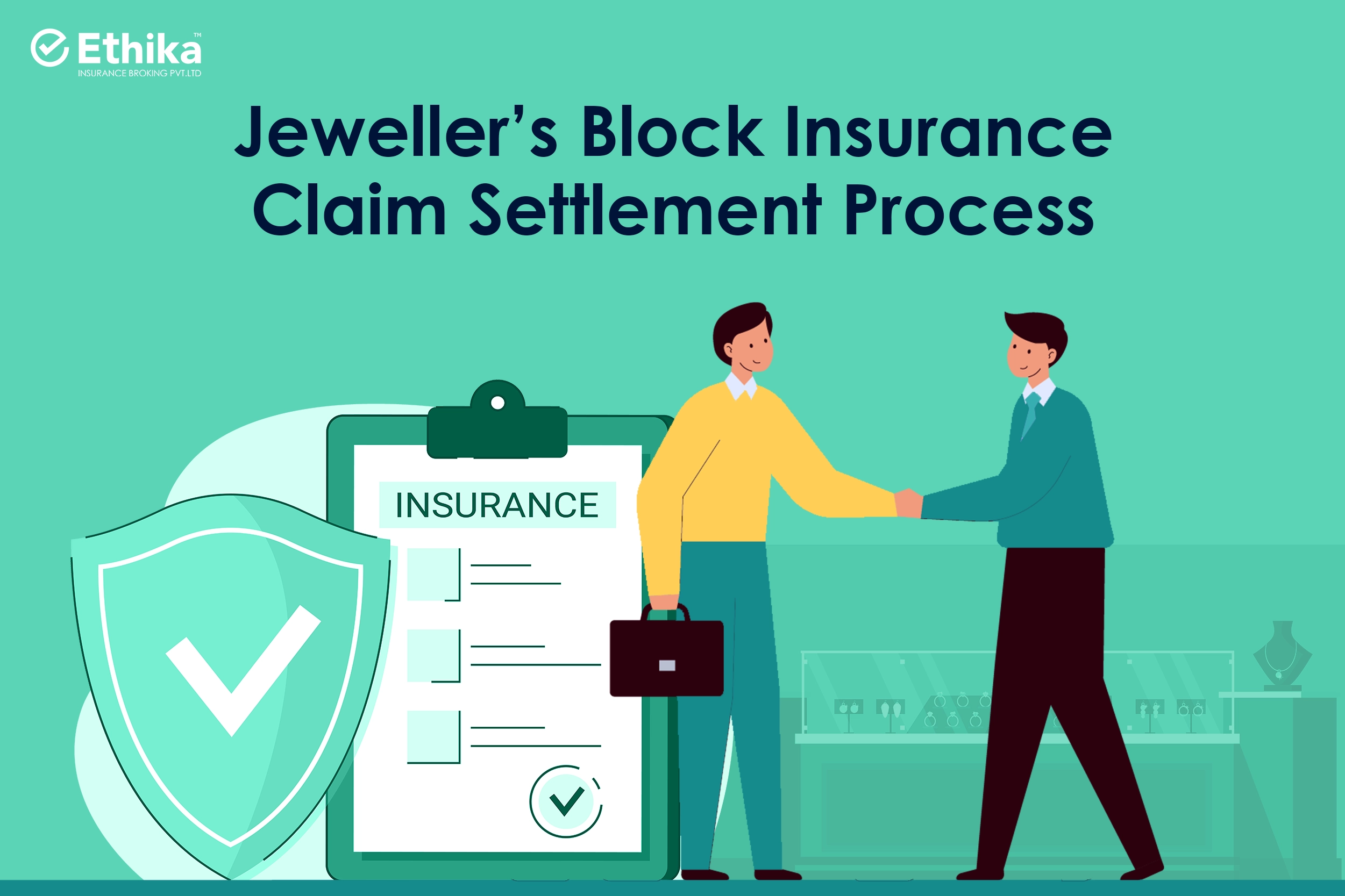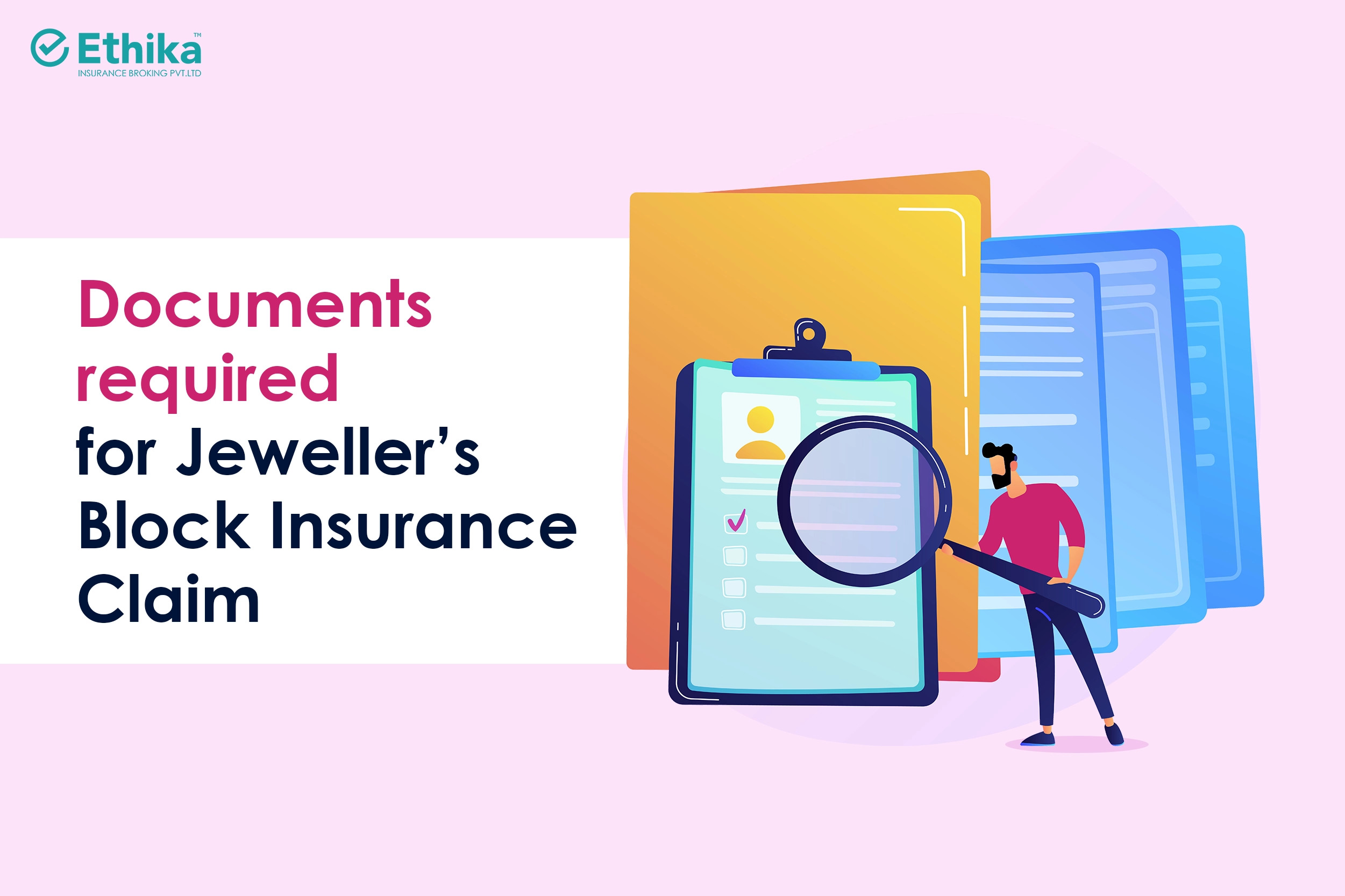
 Ethika Insurance Broking Pvt. Ltd - Insurance Broking Company - Preferred Corporate Insurance Brokers for small businesses and mid-size businesses. IRDAI Certificate No: 574, Date of License: 8th August 2016,
Ethika Insurance Broking Pvt. Ltd - Insurance Broking Company - Preferred Corporate Insurance Brokers for small businesses and mid-size businesses. IRDAI Certificate No: 574, Date of License: 8th August 2016,
License valid till 7th Aug 2025, Registered Address: 1st Floor, 1-88/136, Anjaiah Nagar, Gachibowli,
Hyderabad, 500032, Telangana | www.ethika.co.in Principal Officer: Sandeep Mukka,
Email Details of Principal Officer: sandeep.m@ethika.co.in , Directors: Susheel Agarwal and Suresh Agarwal, Category of License: Direct (Life and General).
Copyright © 2025 | Ethika Insurance Broking. All rights reserved.
Site Map / Become our Point of Sale Person / Privacy Policy / POSH Policy / Terms & Conditions
 Get a free review of your
Get a free review of your Jeweller’s block insurance is designed to cover the risks jewelry manufacturers and sellers face. Jewelry block insurance covers the loss or damage to jewelry, including watches, valuables, ornaments, cash, and currency notes, against theft, burglary, and other perils. This policy is designed particularly for the makers and sellers engaged in the jewelry business, and at the same time, it can be customized to their needs and requirements. Jewelers block insurance is a comprehensive policy that provides cover to the insured property whilst in the premises of the insured, during transit, and at any other premises such as exhibitions and trade fairs. This policy also protects the machinery and equipment used in the jewelry manufacturing process, thereby making it a bundled policy for the jewelry shop owners. It is offered only by a few insurance companies, and the underwriting conditions differ from one insurer to another.
Jeweller’s block insurance is designed to cover the risks jewelry manufacturers and sellers face. Jewelry block insurance covers the loss or damage to jewelry, including watches, valuables, ornaments, cash, and currency notes, against theft, burglary, and other perils. This policy is designed particularly for the makers and sellers engaged in the jewelry business, and at the same time, it can be customized to their needs and requirements. Jewelers block insurance is a comprehensive policy that provides cover to the insured property whilst in the premises of the insured, during transit, and at any other premises such as exhibitions and trade fairs. This policy also protects the machinery and equipment used in the jewelry manufacturing process, thereby making it a bundled policy for the jewelry shop owners. It is offered only by a few insurance companies, and the underwriting conditions differ from one insurer to another.
 Step 1: The first step in the jewelry block insurance claim settlement process is to inform the insurance company regarding the theft, robbery, or any other accident leading to loss. The insurance company would then provide a claim reference number or claim intimation number that can be used for future reference. The insurer would ask for the circumstances leading to the accident or theft and a brief description. At the same time, the insured should file a complaint with the police and any other prescribed authorities.
Step 1: The first step in the jewelry block insurance claim settlement process is to inform the insurance company regarding the theft, robbery, or any other accident leading to loss. The insurance company would then provide a claim reference number or claim intimation number that can be used for future reference. The insurer would ask for the circumstances leading to the accident or theft and a brief description. At the same time, the insured should file a complaint with the police and any other prescribed authorities.
